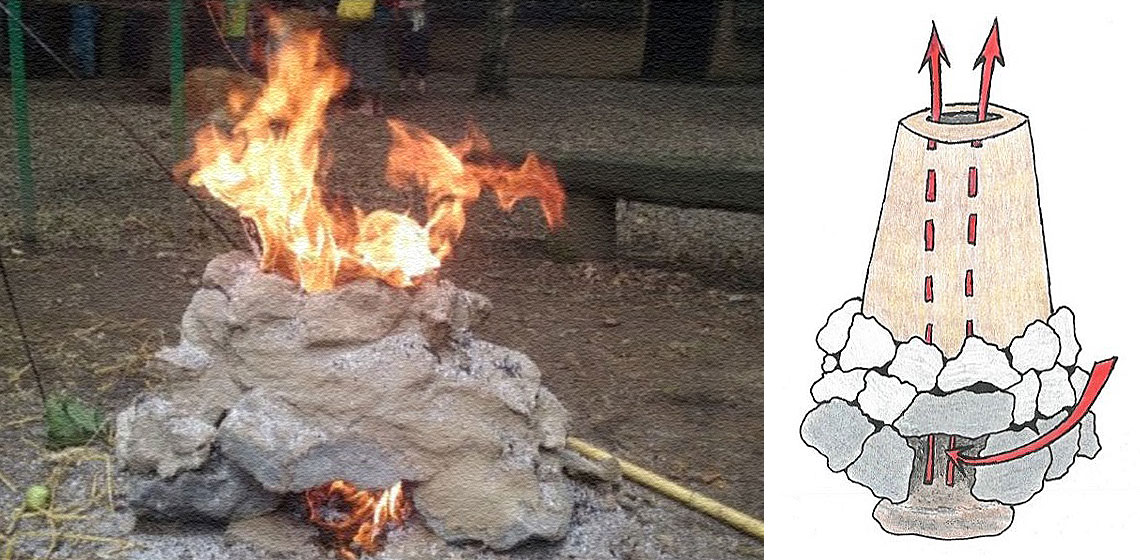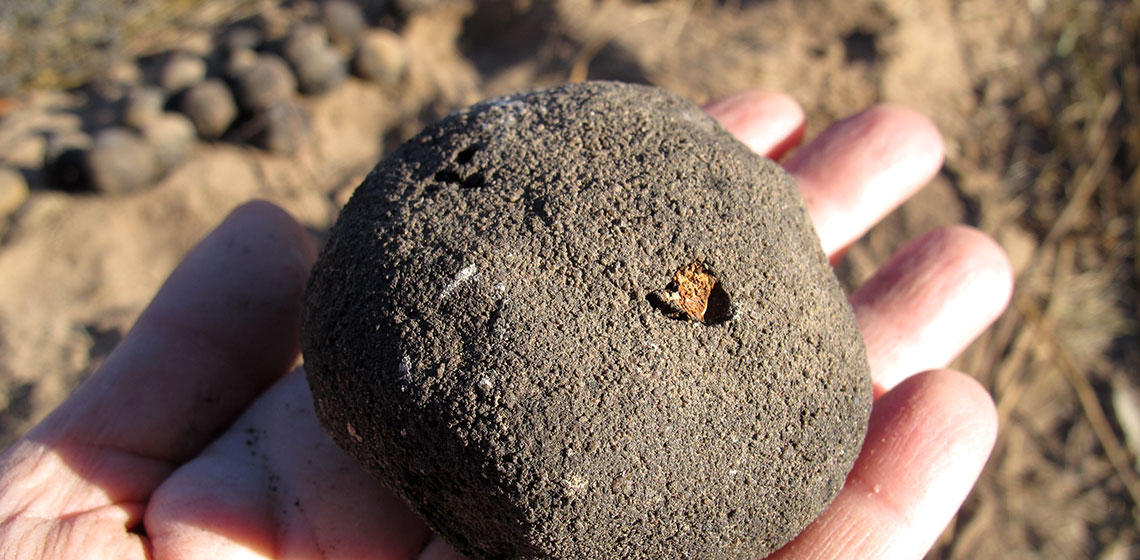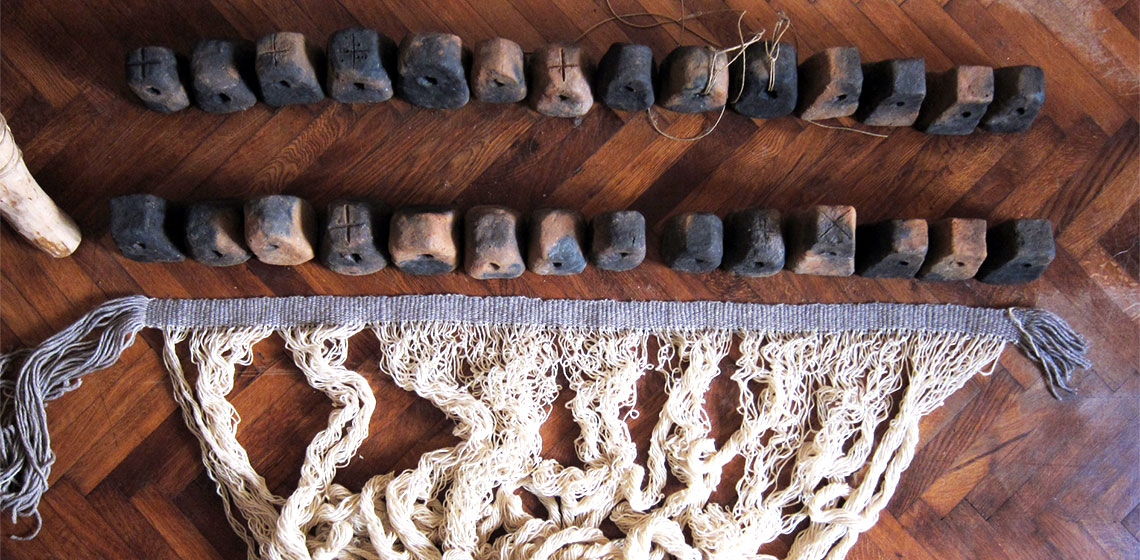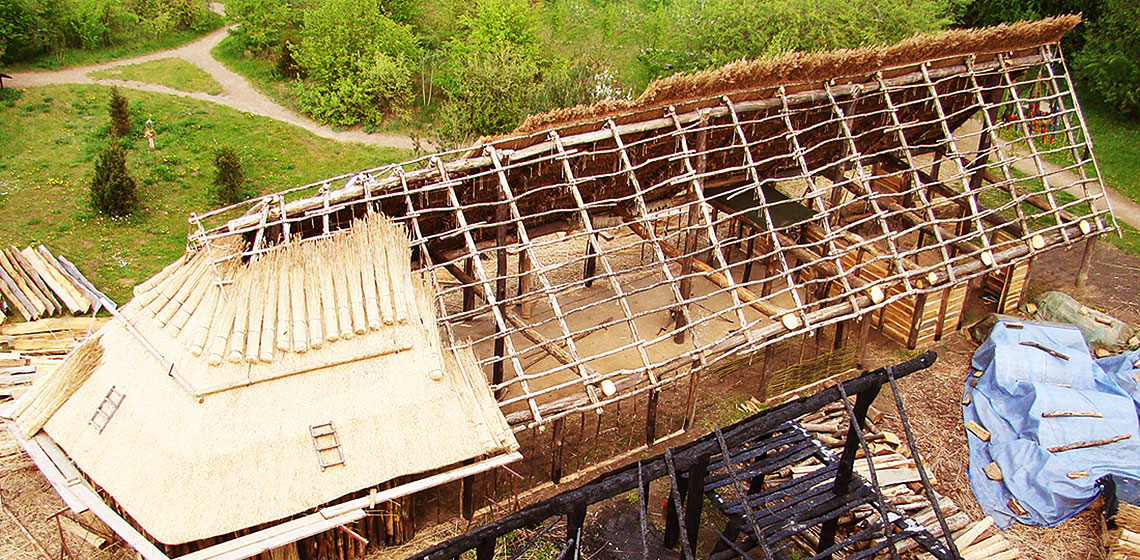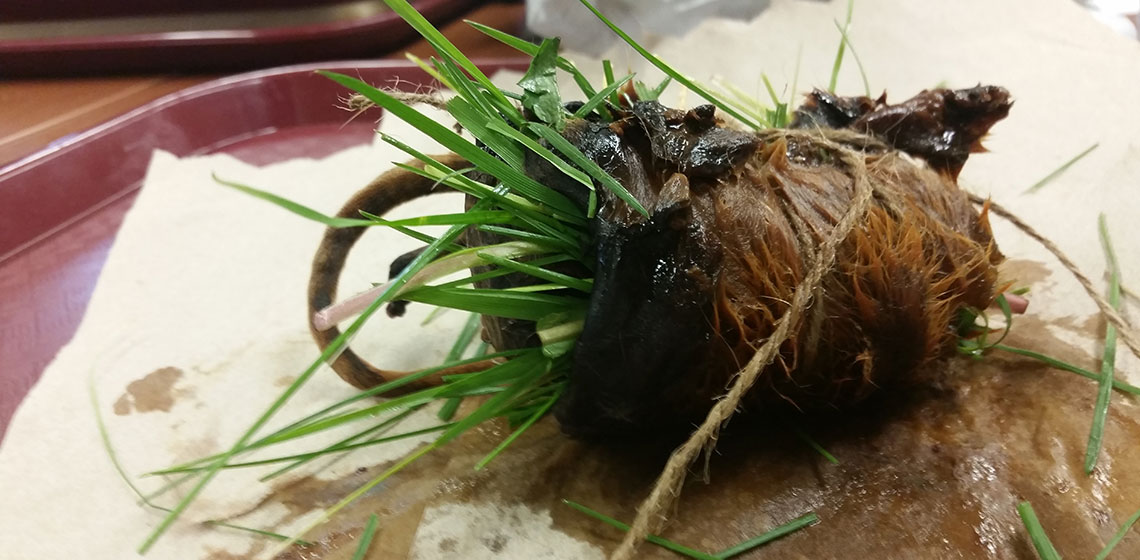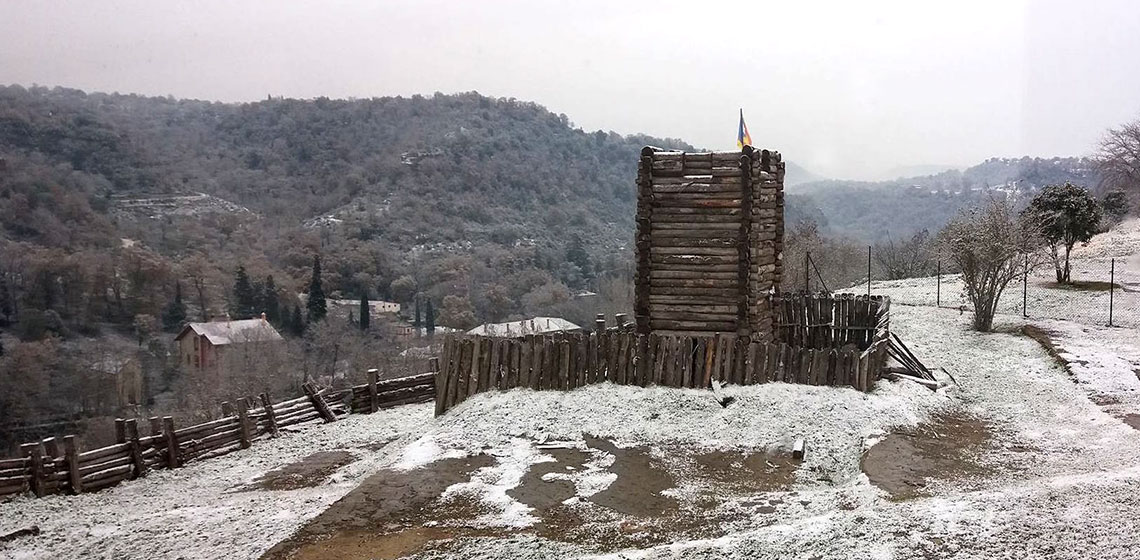Experimental Archaeology
Experimental Archaeometallurgy of Early-Middle Bronze Age Cyprus: Pilot Experiments of Copper Smelting at Pyrgos-Mavroraki
Experimental Archaeometallurgy and Pilot Experiments
Experimental archaeology applied to archaeo-metallurgical studies (experimental archaeometallurgy) has revealed itself as an essential tool to verify scholars’ hypotheses on the technological processes involved in ancient metallurgy. Experimental archaeometallurgy is a specialist field within experimental archaeology.
Re-Creating an Aboriginal Earth Oven with Clayey Heating Elements: Experimental Archaeology and Paleodietary Implications
Understanding the Archaeological Record: Reconstructing a Warp-Weighted Loom
***The paper deals with a reconstruction of a warp-weighted loom based on a rare find of 36 in situ loom weights in an object interpreted as a weaving hut at an archaeological site Virje-Sušine in Northern Croatia dated in late Iron Age (La Tène C period, 2/2 3rd – 2/2 2nd century BC)...
Learning to Recreate, Recreating to Learn. Experimental Archaeology
***This paper aims to present and discuss ongoing activities that combine Experimental Archaeology and Ethnoarchaeology developed in the scope of a master's degree, a post-doctoral and other research projects at the University of Vigo (Galicia, Spain), in collaboration with regional open-air museums and educational centres...
The Construction of a Bronze Age Longhouse Model in Dwelling-byre Style using Experimental Archaeological Techniques
A new longhouse model in Hitzacker
The town of Hitzacker is situated adjacent to the river Elbe in the district Lüchow-Dannenberg, east of Lower Saxony. The discovery of wide Bronze Age settlement structures in Hitzacker in the 1980s led to the founding of a Bronze Age open air museum called AZH - Archaeological Center Hitzacker. Along with other archaeological models of Bronze Age architecture, three Longhouses were the main attractions of the institution and were also focal points of the educational programs. The destruction of one Longhouse by arson in 2008 was a great loss.
Comparing Mummification Processes: Egyptian & Inca
Experimental Approaches to Student Success
***An undergraduate student who hopes to secure meaningful work or pursue graduate studies needs to have excellent grades. This is true for all disciplines, but especially for niche fields like archaeology. Grades alone, however, are rarely enough. Employers and graduate schools seek candidates that are not only ‘book smart’ but who have...
An Experimental Diachronic Exploration of Patination Methodology of Dark Patinated (Arsenical) Copper Alloys on Case Studies from the Eastern Mediterranean Bronze Age and Early Iron Age
Artificially dark patinated copper alloys appear in various times and regions and are commonly applied in prestigious polychrome metallic objects. Currently, the earliest finds known are from ca. 2000 BC in Egypt (See Fig. 1) and Palestine (See Fig. 2), followed by ca. 1500 BC in Greece and Cyprus (See Fig. 3 and 4) and again during the Roman period from ca. the late 4th century BC (See Fig. 5 and 6).
The Experimental Building of a Wooden Watchtower in the Carolingian Southern Frontier
***During fifteen days of June 2015, the team of l’Esquerda worked in a research project to build a Carolingian wooden watchtower on the River Ter, in Roda de Ter, Catalonia, Spain. The idea was to test our hypotheses experimentally, (a) if the wooden watchtower could...


